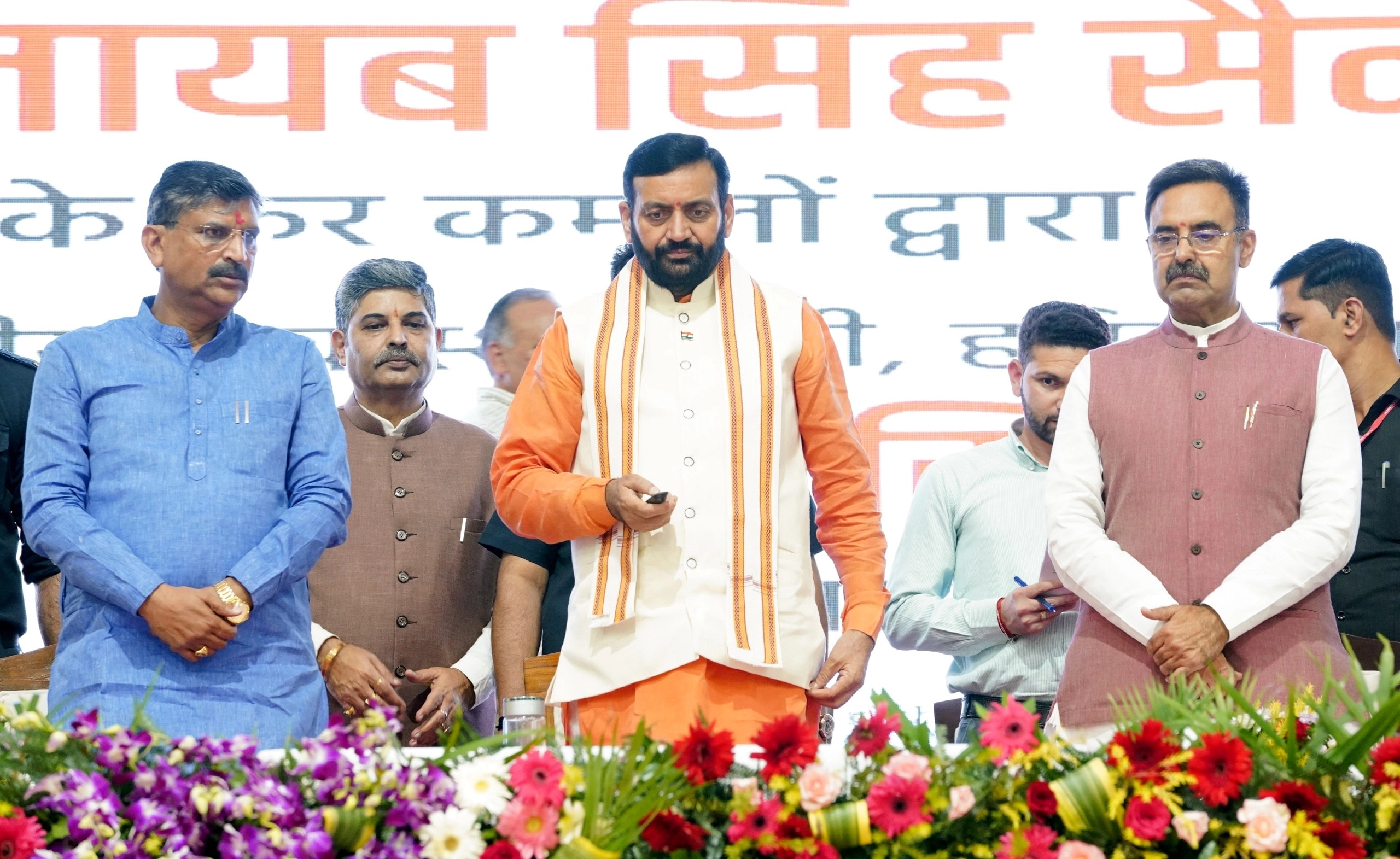The Karnataka High Court is set to hear the case concerning the tragic stampede that occurred in Bengaluru, a significant event that has drawn widespread attention and concern. This incident, which resulted in multiple casualties and injuries, has raised questions about crowd management and safety protocols during public gatherings. The stampede took place during a large event, prompting authorities and citizens alike to reflect on the adequacy of measures in place to ensure the safety of attendees.
In the days following the incident, there has been an outpouring of grief and calls for accountability from the victims’ families and the public. Many are demanding a thorough investigation into the circumstances that led to the stampede, as well as an evaluation of the emergency response efforts that followed. The Karnataka High Court’s decision to take up the matter is a crucial step towards addressing these concerns. It underscores the importance of judicial oversight in ensuring that justice is served and that similar tragedies can be prevented in the future.
As the court prepares to hear the case, it is expected that various stakeholders, including government officials, event organizers, and safety experts, will present their perspectives. This hearing may also serve as a pivotal moment for discussing broader issues related to public safety at large events, including the need for improved crowd management strategies and better communication systems in emergencies. The outcome of this case could have lasting implications for how large gatherings are handled in Bengaluru and potentially across the state of Karnataka.
In this context, the High Court’s involvement not only seeks justice for those affected by the stampede but also aims to instigate necessary changes in policy and practice. The community is closely watching the proceedings, hopeful that the court’s deliberations will lead to meaningful reforms that prioritize public safety and ensure that such a tragedy does not occur again. This case serves as a reminder of the fragility of safety in crowded spaces and the critical importance of preparedness and planning in safeguarding lives during public events.




